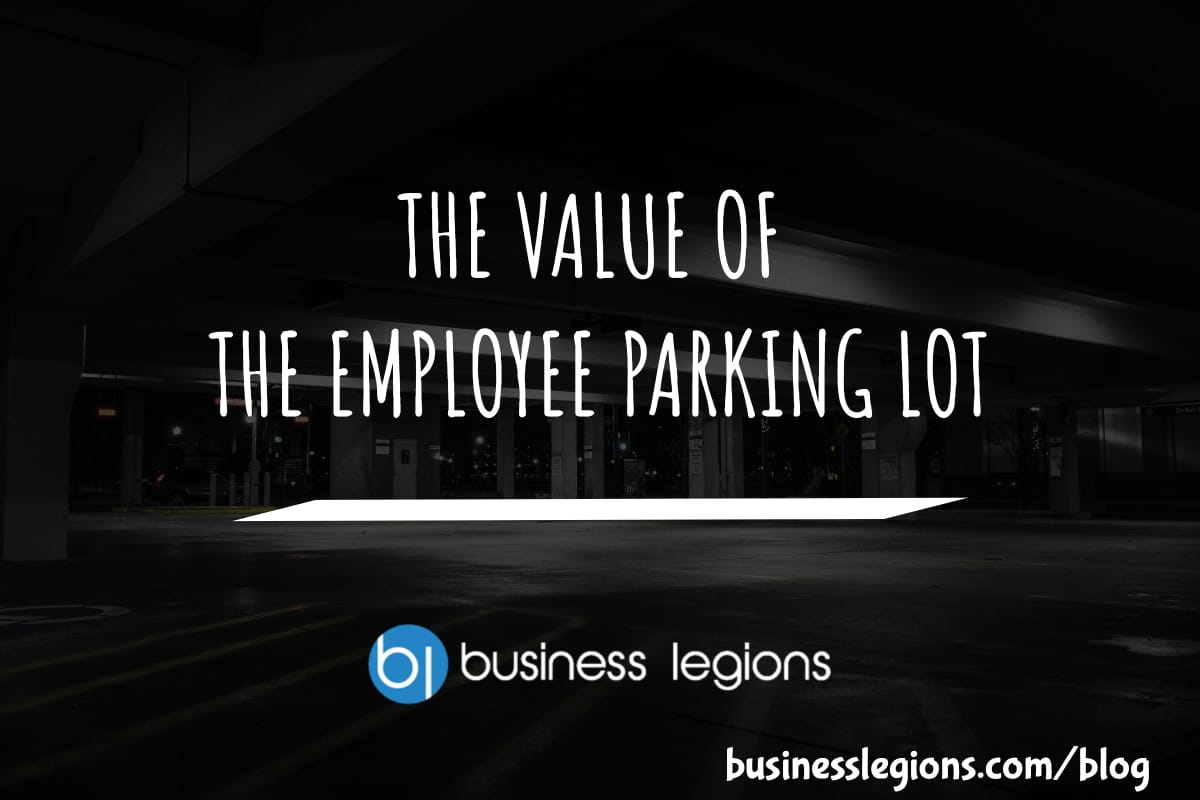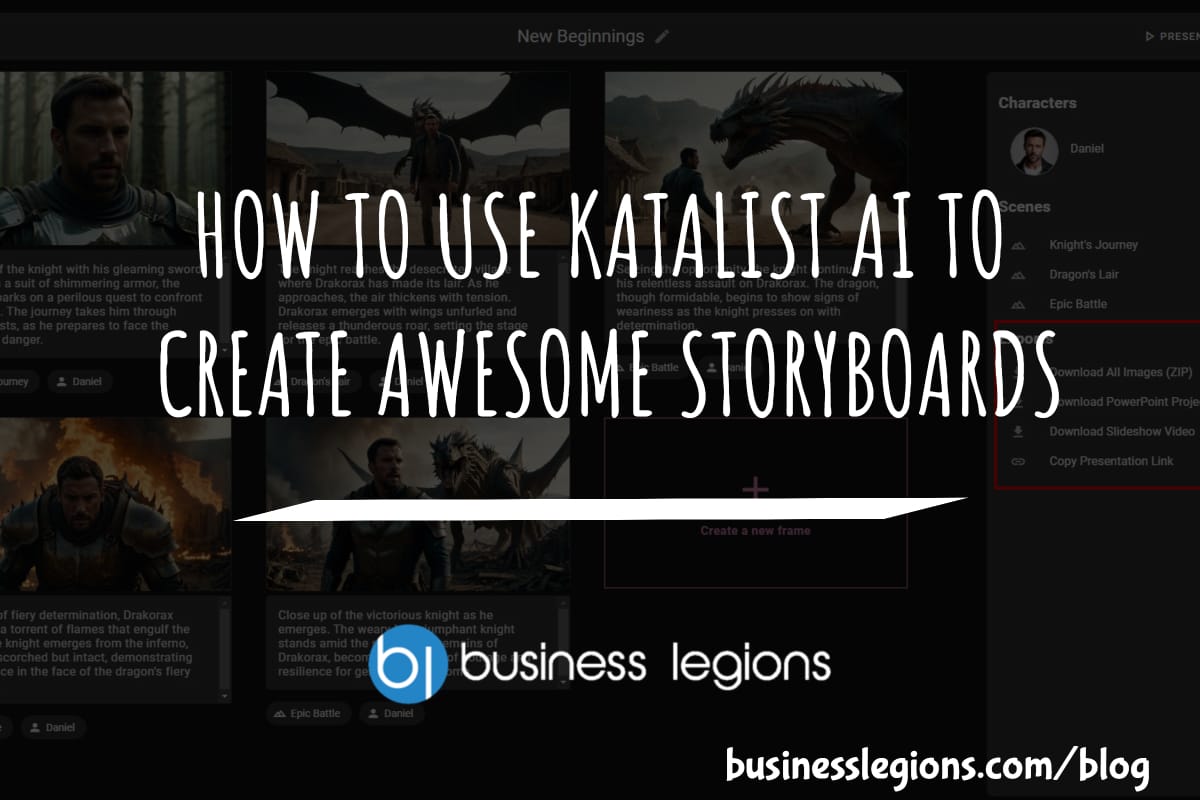THE VALUE OF THE EMPLOYEE PARKING LOT
March 29, 2020 / by Marco / Categories : Business
The value of a rewards and recognition system in an organisation must never be understated. Employers take workers for granted because they would be grateful for the opportunity to earn a living. However, there is a risk that companies will buy into the myth that a job would guarantee employee loyalty. Reminding them that they should be grateful for having a job in the first place is the best recipe to create disgruntled and passive-aggressive employees.
Employee motivation and loyalty are extremely fickle. However, there are ways in which organizations can increase the level of engagement among their workers. One example is the rewards and recognition system, offered by software companies like Redii.
Unfortunately, only a few companies in Australia are adopting the program. For example, a survey by the Australian HR Institute and InSync showed that only about 2 in 10 workers believe that their organizations are properly using their human capital. Meanwhile, a study in Canada showed that about 60% of employees believe that engagement can be achieved through recognition and reward.

The Parking Lot Status
The parking lot here could be considered in the literal or figurative sense. In some organizations, the office parking lot is a prime commodity. Only the CEO, the board of directors, and the middle-managers get to enjoy the right to get a spot for lack of space.
Now, when thinking about adopting a rewards and recognition system in your organization, the non-monetary value can be as precious as cash. Fast-food retail chains routinely have employees of the month on a wall. They may come with a pecuniary incentive or not.
However, not all companies have the luxury of having a large parking area that can accommodate all employees. It just does not happen. Parking has associated costs, such as upkeep and maintenance. You also make sure to secure the area through CCTVs or security personnel. Those who have the spot in parking enjoy a certain status within the organization.
Tiered Parking Space as a Reward
Since the parking lot is a status symbol, you can adopt a tiered system where prime real estate is reserved for the best performers in the organization.
The best workers have the spots closest to the door. It is a tangible non-monetary recognition that you can dangle that is significantly better than a cash bonus. For example, the employee of the month gets to have the parking spot nearest to the office elevator. The prime real estate can be rotated, depending on who wins that month. It can also trigger a friendly competition among the workers. But make sure that you communicate the criteria to everybody so that you avoid any confusion, which, in turn, can trigger bitterness and envy.
The parking space is just one of the examples to motivate your employees. However, there is a myriad of ways to do it, as well. You can also exploit technological advances to automate your processes. For example, Redii makes it easier to implement a reward and recognition system on any organization for a fraction of a cost.
OTHER ARTICLES YOU MAY LIKE

HOW TO USE KATALIST AI TO CREATE AWESOME STORYBOARDS
Creating a compelling and visually appealing storyboard is crucial for any creative project, whether it’s a film, television show, or advertisement. However, the traditional process of storyboarding can be time-consuming and labor-intensive. That’s where Katalist AI comes in. This innovative tool combines the power of artificial intelligence with the creativity of human input to revolutionize […]
read more
BUGS IN TIKTOK WEB APP
In this article, I will discuss the bugs I have encountered while using the Tik Tok web app. When using the TikTok web app, I encountered a frustrating issue where I was unable to follow back users. This problem has persisted, leaving me with zero following despite my efforts to engage with the platform. As […]
read more

